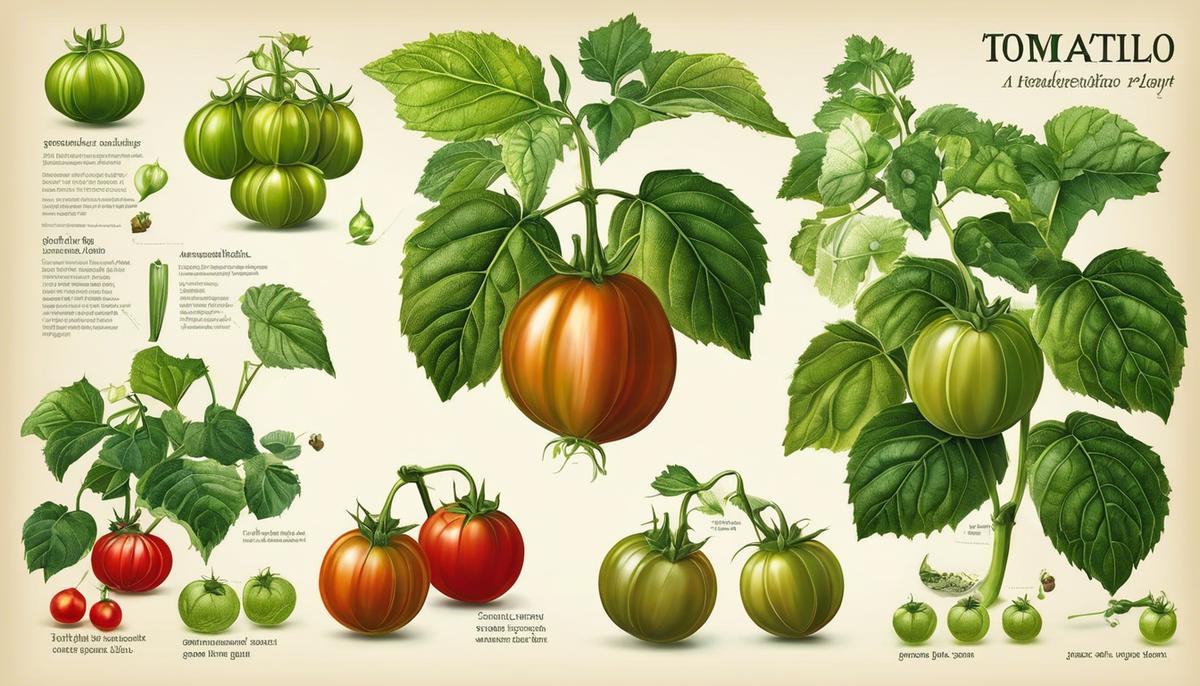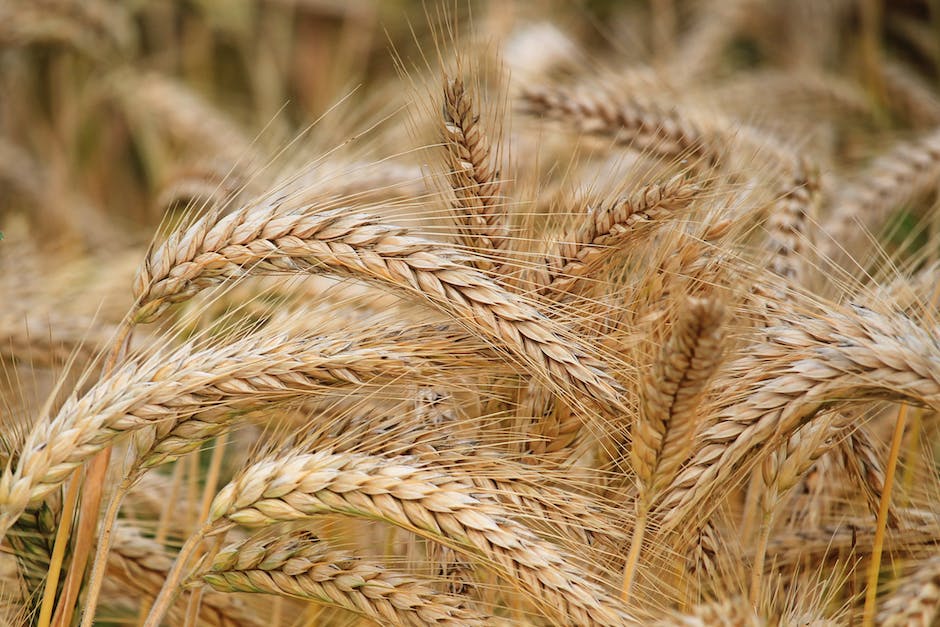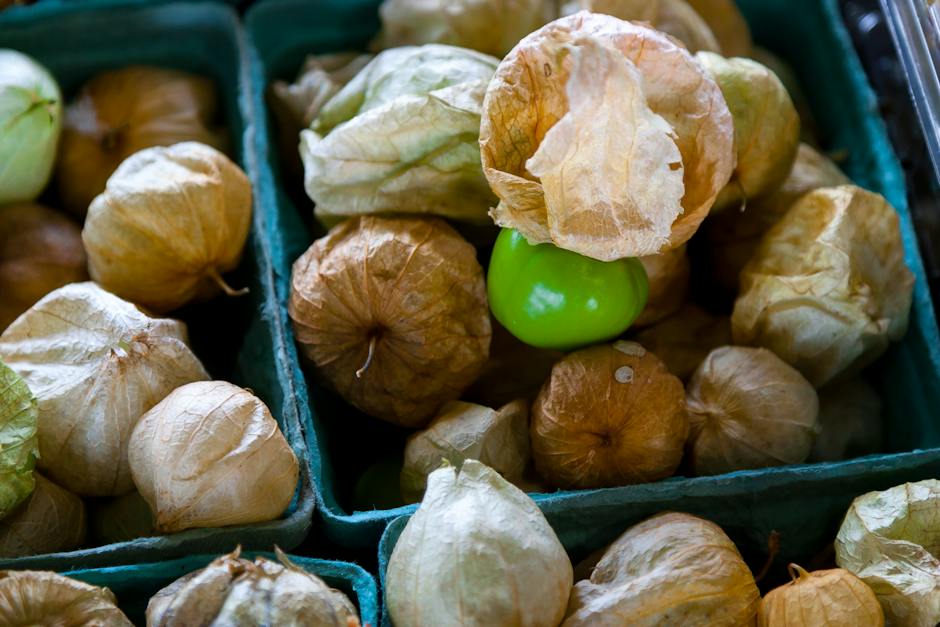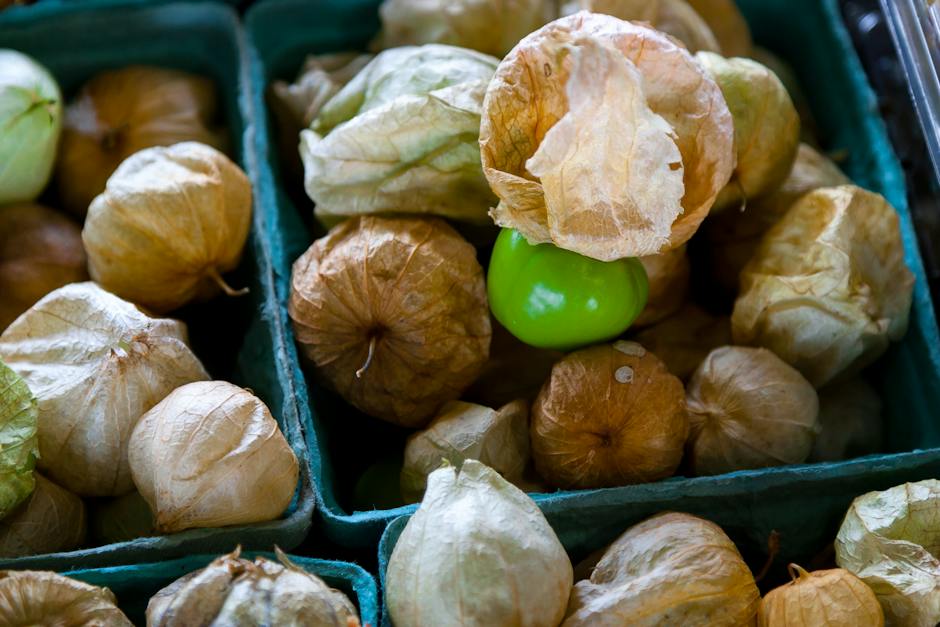Knowing When Your Tomatillos Are Ready: A Quick Guide

Navigating the world of vegetables and fruits can sometimes be a tricky affair, and the tomatillo is no exception. This adorable green fruit, packaged in its delicate husk, carries a tangy flavor and is a staple ingredient in Mexican cuisine. However, to relish its full potential, one needs to unlock the secrets of its ripening cycle. Our exploration begins with an in-depth understanding of the growth cycle of a tomatillo, travels through the indicators of ripeness such as color, size, and husk condition, and finally lands on the ideal method of picking and storing ripe tomatillos.
Understanding the Growth Cycle of a Tomatillo
Title: A Food Lover’s Guide: The Fascinating Growth Cycle of the Zesty Tomatillo
Ah, the tomatillo! A crucial component in our much-adored salsa verde, responsible for that tangy taste that adds a bold punch to our meals. Exploring the growth cycle of a tomatillo offers a miraculous insight into its culinary wonder. Let’s dive into the journey of this tantalizing fruit, from seed to harvest. Unearthing the key stages in the growth cycle of a tomatillo gives us a newfound appreciation for this vegetable, pardon, or rather, fruit in the kitchen.
Seed Germination: The Genesis of Flavor
It all starts with seed germination, no different from any other plant. To bring into life this zesty wonder, conditions must be just right. Tomatillo seeds need soil warmer than 70 degrees Fahrenheit and lots of sunlight to awaken their potential. Expect tiny green sproutings to emerge after a period of 7 to 14 days.
Seedling Stage: The Promise of Delight
Following germination, the tomatillo enters the seedling stage. These precious baby plants, with their delicate green leaves, require constant care. They need to stay moist but not drenched, exposed to sunlight but not so much to get sunburned. To nurture these tiny promises of mouthwatering meals, one needs a keen eye and tender hands. Seedlings thrive best when they’ve grown to about above three inches tall indoors before being taken outside to play.
Planting Out: Spreading Their Roots
Tomatillo seedlings are quite adventurous. When temperatures stabilize above 50 degrees Fahrenheit (usually late spring or early summer), the young plants are ready to brave the outside world. Demand at least 3 feet between the adolescent tomatillos, as they can quite literally spread their wings and encompass a wide space.
Fruiting Stage: Arrival of Delectable Wonders
In about 75-100 days, after taking proper care, the garden or farm dances in the sight of tiny green lanterns suspended on the stems. This is the fruiting stage. Ensconced inside these beautiful husks are the green, slightly sticky stars of our kitchen dramas – the tomatillos. At this point, one can start tasting the fruits of hard labor and culinary passion.
Pre-Harvest Stage: Ripening to Perfection
Tomatillos march to the beat of their own drum. Unlike their cousins, the tomatoes, they should be harvested when they’re firm and their color brightest green. The husks enclosing the fruit will split open, ushering the passionate chef to harvest stage. But patience rewards the diligent – by waiting a bit longer, one can receive a sweeter tinge to the tangy goodness.
Harvesting: Culinary Dreams Coming True
This is it! Those who find pure joy in discovering vibrant flavors wait for this stage with bated breath: The Harvest. Once the tomatillo fills out its husk, has a tight feel, and the paper-like exterior starts to split, it’s Showtime. Get ready to be greeted by the glossy green marvels that are your tomatillos, ready to rock your culinary world.
In the grand scheme of gastronomic delights, understanding the growth cycle of vital ingredients like tomatillos helps connect us deeper to our meals. From seed to salsa, each stage of the tomatillo’s life brings us one step closer to creating shared joys over dishes infused with love, passion, and a whole lot of flavor. Happy growing, fellow food lovers!

Identifying the Characteristics of a Ripe Tomatillo
Unwrapping the Mysteries of the Ripe Tomatillo
Diving into the culinary unknown can be an exhilarating experience, especially when the subject of your exploration has a character as complex and intriguing as that of the tomatillo. Covered in a husk, this tangy gem is a staple in Mexican cuisine, transforming ordinary dishes into flavor-packed adventures.
One of the never-ending quests in the kitchen is learning to identify the telltale signs of ripeness. The ripe tomatillo, you see, plays a lead role in this gastronomic theater, and understanding its characteristics can elevate your cooking game to new, sultry heights.
Beneath the Veil: The Color of Maturity
The enchanting green hue of the tomatillo may lure you into a false notion of ripeness, but not so fast, dear friend. A ripe tomatillo comes with a cheeky twist – it changes color as it matures. Don’t let assumptions dull the experience; a golden yellow or even a purple tomatillo is a mature tomatillo.
Taking a Peek: Assessing the Husk
A developing tomatillo is cradled by a tight husk. However, as it plunges into the depths of ripeness, the tomatillo expands, causing the husk to split open. A ripe tomatillo is thus one that peeks out of its husk – a green bulb pleading to be tasted.
The Touch Test: Firm but Yielding
Next is the touch test – an age-old technique adopted by culinary connoisseurs worldwide. A quick squeeze can help differentiate the mature tomatillos from the premature. A ripe tomatillo is firm to the touch, yet there’s a slight give when pressed, much like the perfect avocados you’ve scored in the past.
A Sense of Balance: The Tang and Sweet Merge
The taste test is arguably the most exciting part of this flavor-filled quest. A ripe tomatillo possesses a tangy zing, but there’s more – a subtle sweetness permeates the tart exterior of a mature tomatillo. Be audacious, take a bite, and let your palate be the judge as you traverse the thrilling junction where tangy meets sweet.
In the end, it’s all about understanding and celebrating the journey of the tomatillo, from a burgeoning seed to a ripe fruit. As you navigate the labyrinth of this fascinating fruit’s ripeness, every meal becomes a culinary symphony, an ode to the delight-filled dance of flavors that the ripe tomatillo brings to your table. Embrace it, experiment with it, and above all, relish it!

Picking and Storing Ripe Tomatillos
Just as a symphony resonates with different tones, so does the lifecycle of a tomatillo. As every phase unfolds, it leads to the emergence of a fruit that pleases the taste buds while telling its own unique tale of growth and transformation.
Allow us to guide you through the final chapters of this beautiful journey – the selection and storage of ripe tomatillos. This small green fruit, encased in a paper-thin husk, is a hidden gem in the world of culinary delights. It complements a range of dishes with its unique blend of flavors. Let’s learn how to make the most of its bountiful benefits.
The first step after harvesting is the immediate inspection of the harvest. Check for any signs of bruising or damage. Each fruit should be intact without any holes or breaks. Handle with care, these delicate globes can easily be bruised or nicked, which speeds up the decay process.
Once the inspection is complete, eradicate the husk. Yes, you read it right, farewell the husk! While the husk serves as a shield during the growth process, post-harvest, it can contribute to premature rotting. As a rule, tomatillos with loose husk are usually overripe. So, deshelling them promptly ensures only the freshest make it to the storage.
But wait! Before we plunge into the storage ritual, there’s one more element to address. Post-deskelling, you will notice a sticky residue on the surface of the tomatillo. Do not worry, this is normal. A quick wash under cold water is all you need to get rid of this. Remember, never use warm or hot water as it can lead to softening of the tomatillo and risk spoilage.
Now comes the crucial part: storage. Follow an ‘eat soon’ or a ‘store for later’ system. For immediate use within a couple of days, store in a refrigerator in a breathable bag. Do well to prevent the tomatillos from getting damp as that can trigger early spoilage. If you wish to prolong the shelf life, put this vibrant fruit into the freezer. Cut into halves or quarters before freezing to occupy less space and to allow quick thawing before use.
But what if you want to relish the goodness of tomatillos in a non-season time or when they’re not readily available in the market? You’d be glad to know a tangy, flavorful tomatillo sauce can be created and canned. This process ensures the flavors are locked in and can be brought out to add a zesty touch to any dish, anytime.
To wrap up this flavorful tale, let us remember that selecting, preparing, and storing tomatillos is an art. Like any art form, it should be celebrated with patience and passion. It ensures the culinary zealots can experiment, share, and savor the unique flavors from those seemingly ordinary green spheres.

Whether you’re a novice gardener, an experienced farmer, or a keen connoisseur of this delightful fruit, mastering the art of identifying ripe tomatillos greatly enhances your culinary endeavors. The intriguing growth cycle, unique characteristics of ripeness, and ideal storage methods offer insight not just into the tomatillo, but more broadly into the amazing world of gardening and agriculture. Next time you come across a tomatillo, in your backyard or at the farmer’s market, you’ll now possess the knowledge to choose the best of the lot, ensuring your homemade salsa verde is as scrumptious and authentic as it can be.



